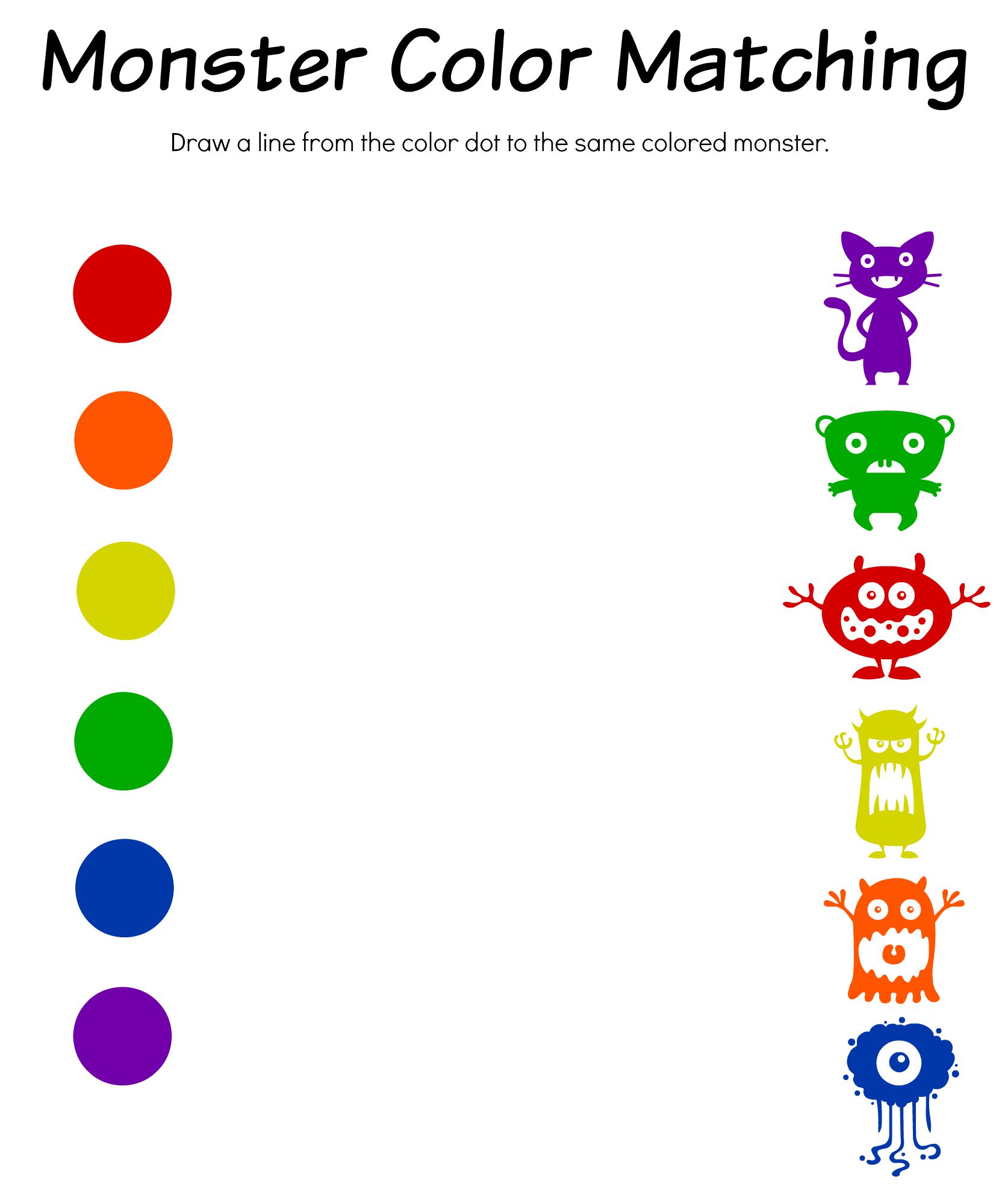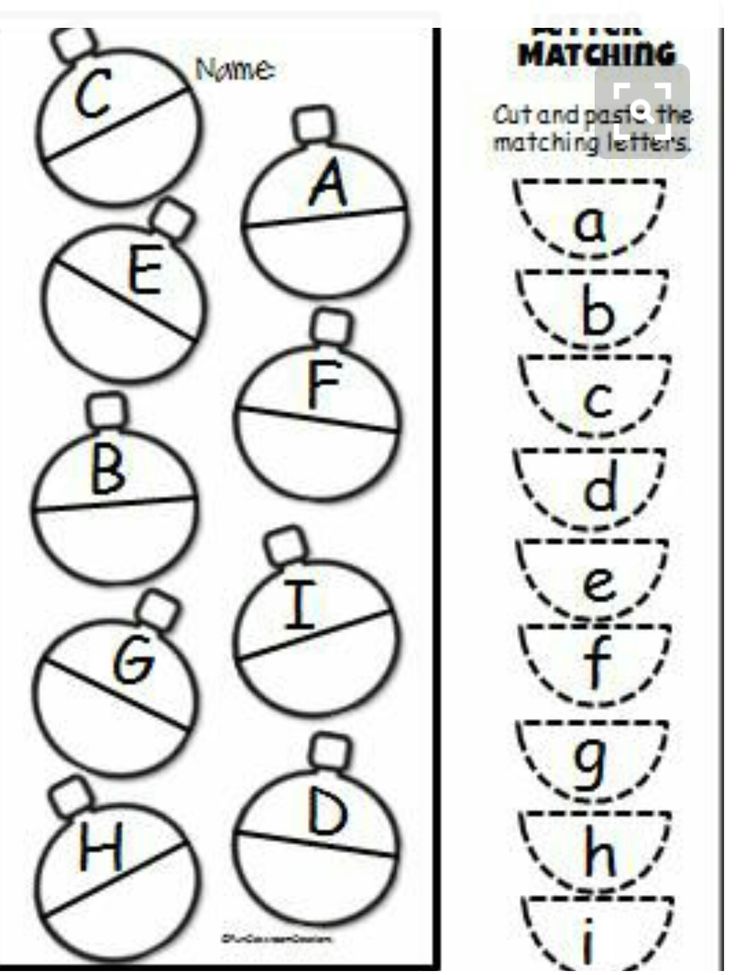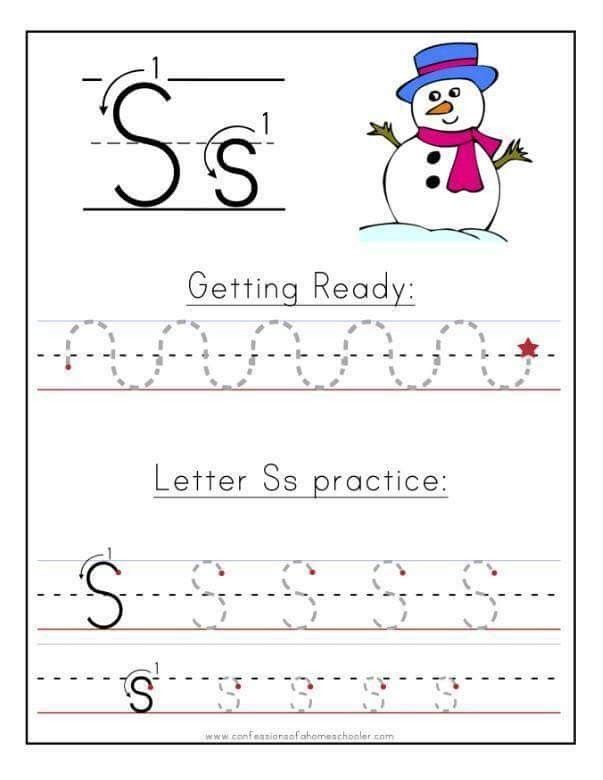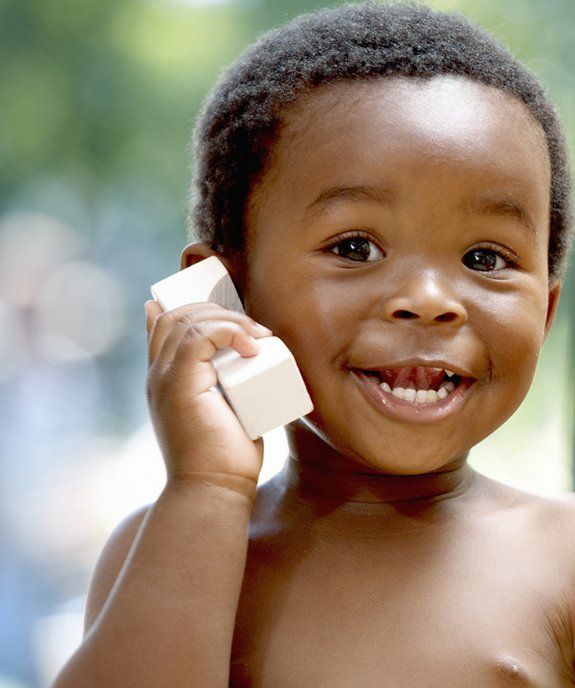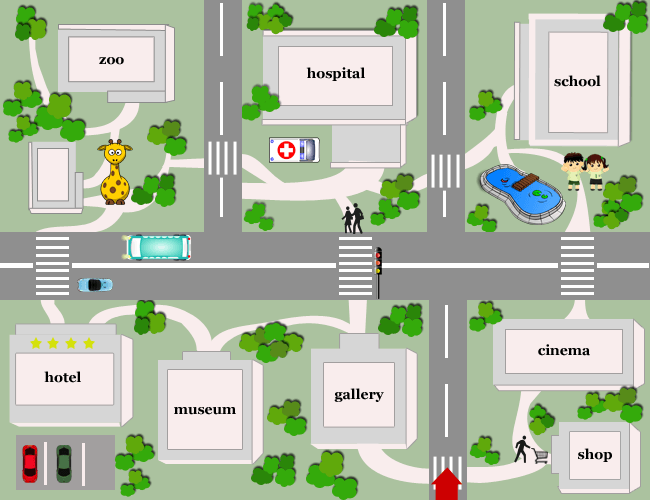Learning colours for preschoolers
20 Engaging Hands-On Activities for Learning Colors
Activities
This post may contain affiliate links.
These hands-on activities for learning colors are such a fun way to teach and reinforce important preschool and kindergarten concepts.
Preschoolers can have fun while learning colors with a variety of simple activities. For example, playing with a color wheel and matching different shades of the same color, observing food items and sorting them according to their colors, or creating art projects such as painting shapes in different colors.
All of the color activities featured here will help young children practice their color recognition skills enjoyably and creatively!
Learning Colors Hands-On ActivitiesLearning the colors of the rainbow is an important part of preschoolers’ cognitive development. Through color recognition and matching activities, kids learn to differentiate between basic colors, recognize patterns, and expand their visual-spatial awareness.
Color learning activities can also help foster creative thinking and problem-solving skills in children as they engage in imaginative play throughout the preschool years and beyond.
Why Color Recognition Should Be Fun and Engaging
Color recognition activities need to be engaging and enjoyable for younger children for them to learn effectively.
Engaging in activities such as matching, sorting, or painting can ignite a child’s curiosity and help them remain focused on the task at hand.
Through stimulating play, they can discover the pleasure of exploration while also learning valuable skills.
When should kids learn colors?
Kids usually start to recognize and name colors by age 3. When learning colors, preschoolers typically start with primary colors (red, blue, and yellow), followed by secondary colors (orange, green, and purple), and then tertiary colors.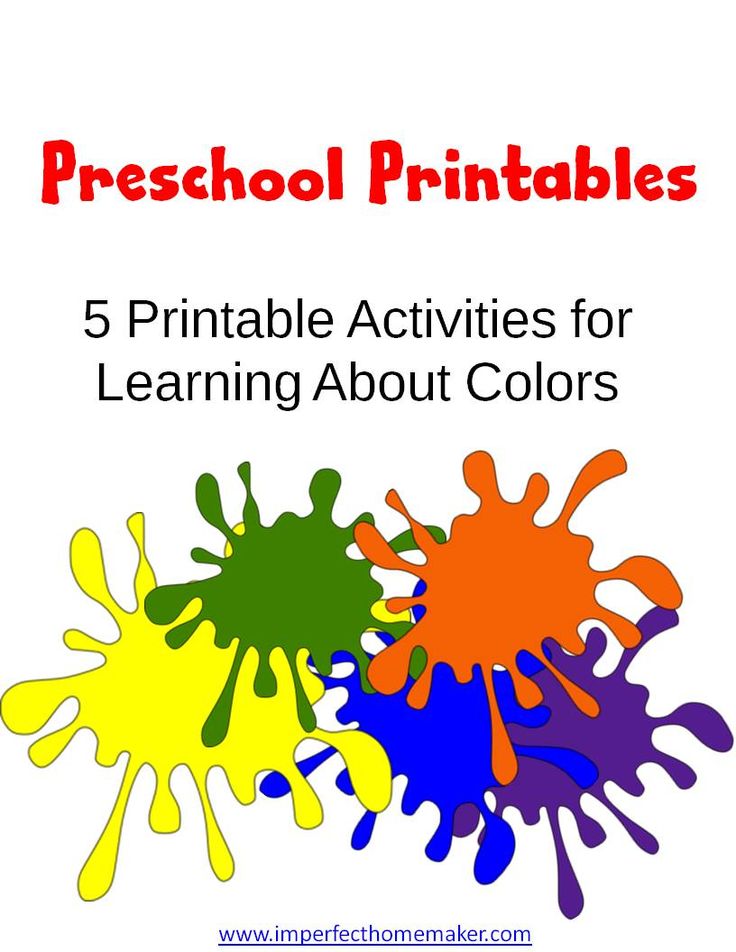
To facilitate learning, parents should create fun activities like sorting objects by color or playing games like I Spy where little children need to find something that’s a certain color.
There are plenty of fun and creative activities out there to help children learn about color recognition.
These activities can be used at home or in the classroom, providing an engaging way for kids to develop essential skills such as hand-eye coordination, fine motor skills, visual-spatial abilities, and more.
With so many options available, you’re sure to find something that your little one will love!
So grab some craft sticks, markers, or paints and get ready for a colorful adventure with your preschooler!
1.0K shares
- Share12
Post Tags: #Hands-on Activities#Hands-On Learning#Learning Colors#Teaching Colors
Similar Posts
Learning About Colours: 31 Activities for Preschoolers
- Share
Colour identification is an important part of a child’s development. Here are 31 ‘learning about colours’ activities your kids will love.
Here are 31 ‘learning about colours’ activities your kids will love.
They are great for teaching colours to toddlers and preschoolers, and many are still suitable for kindergarten kids.
Why Is It Important to Learn Colours?
Learning the colours is a milestone in early childhood and represents a child’s cognitive understanding.
Exposing children to and teaching them about the colours develops their visual perception – which is the ability of the brain to correctly interpret what the eyes see. This is an important pre-reading skill.
How Do I Teach My Child Colours?
Colours are a part of daily life and are all around us. The best way for children to learn them is to experience them and play with them.
The concept of colours can’t be taught in one sitting and kids need lots of experiences to learn them.
Make use of everyday opportunities to talk about colour and to point it out in the environment. Ask your child to pass you the pink bunny and the blue hat.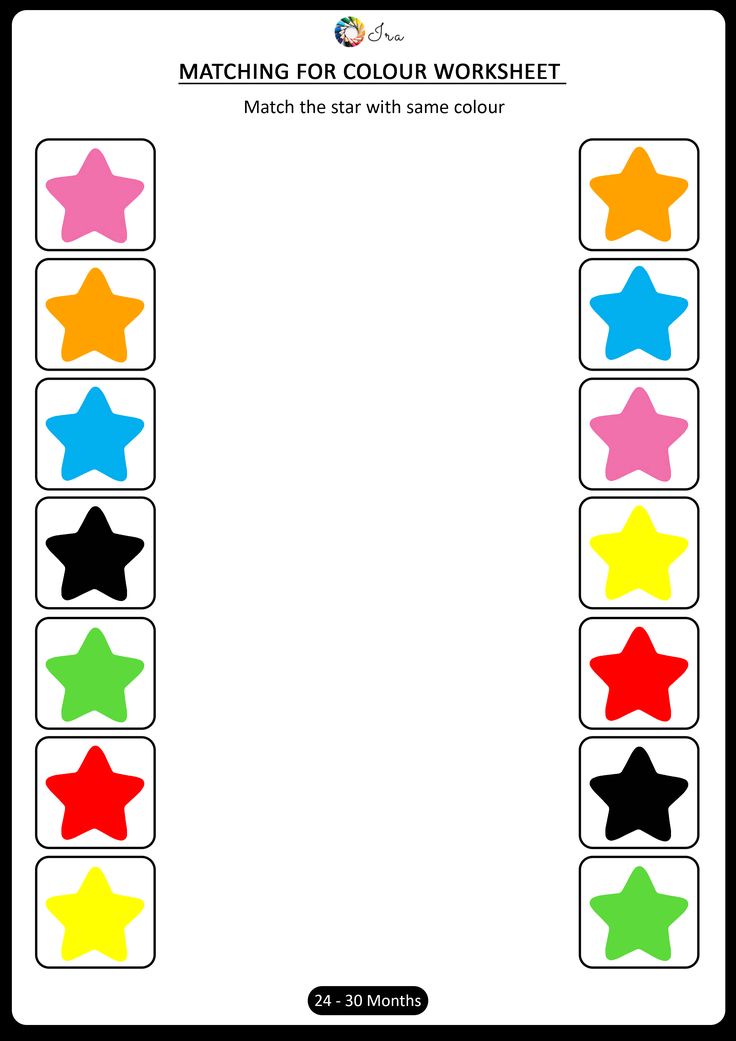 Point out that he is drawing with the purple crayon.
Point out that he is drawing with the purple crayon.
Try not to default to worksheets at too young an age – there are many more meaningful ways to teach colour in a way that will imprint in children’s memories.
Colour games and activities are a great way for kids to learn the colours as they are hands-on, interactive and fun.
Colour Activities for Preschoolers and Toddlers
Here are a few ideas to try at home or at school.
1. I Spy With My Little Eye
Play a game of I Spy With My Little Eye. Identify objects by colour and add in more details for clues:
“I spy with my little eye something blue that you wear on your head.”
2. Colour Collage
Make a colour collage by using paper tearings in only one colour. For young toddlers provide the paper tearings, but let older kids find and tear the colour in a magazine or set of coloured papers.
Use different collage materials for this, not just paper.
3. Sorting and Grouping
Teach kids to see the differences in colours by doing sorting activities.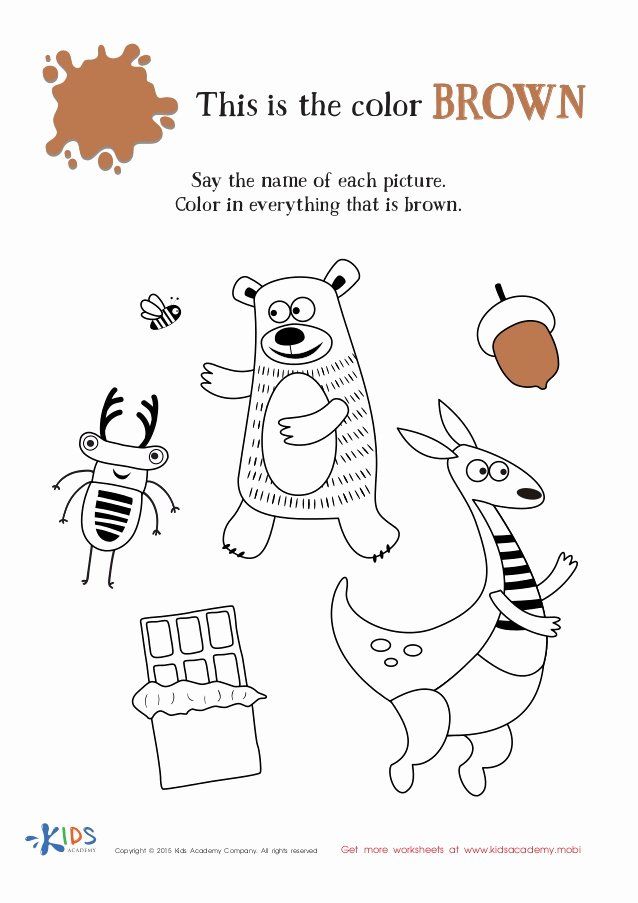
Sort beads, buttons, blocks or coloured counters into separate baskets, containers or egg boxes.
4. Matching Cards
Play a classic memory game of matching the pairs of cards, using only plain-coloured cards. They are easy to make – you just need two of every colour.
Get your own memory game cards by downloading the FREE set of printables at the end of the post.
5. Park the Cars
Play with cars in various colours and make little parking garages out of boxes or paper. You could even draw them on the paving with chalk.
Make each parking spot a different colour and get kids to park the car in the corresponding colour.
6. Object Sort
Do a colour sort with mixed objects. Collect household objects and toys that have one distinct colour and sort them into groups, according to their colours.
7. Label the Environment
Make small coloured labels with the name of the colour written on them and place these in familiar environments like a classroom or bedroom, labelling the most common items and spaces.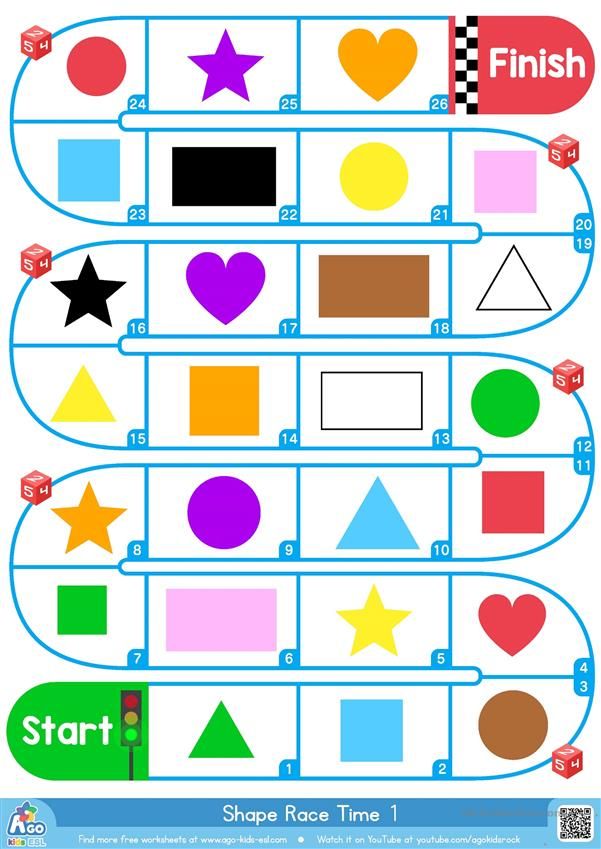
8. Bean Bag Toss
Incorporate movement into learning by playing with bean bags. Throw different coloured beanbags randomly at kids and as they try to catch them, they must shout out the colour before they touch them.
9. Colour Hunt
Go on an indoor or outdoor colour hunt. Give kids a basket and allocate a different colour to each. They must go in search of items of that colour and place them in their basket.
10. Listen and Draw Picture
‘Listen and draw’ pictures are great not only for developing listening skills but also for teaching concepts such as shape and colour.
Tell kids to:
- Draw a green hill.
- Draw a black sheep standing on the green hill.
- Draw a blue flower at the foot of the hill.
- Etc.
Here are some examples of following directions drawing activities.
11. Car Games
Play games in the car to keep kids entertained and learning at the same time. Pick a colour and count how many cars of that colour go past you.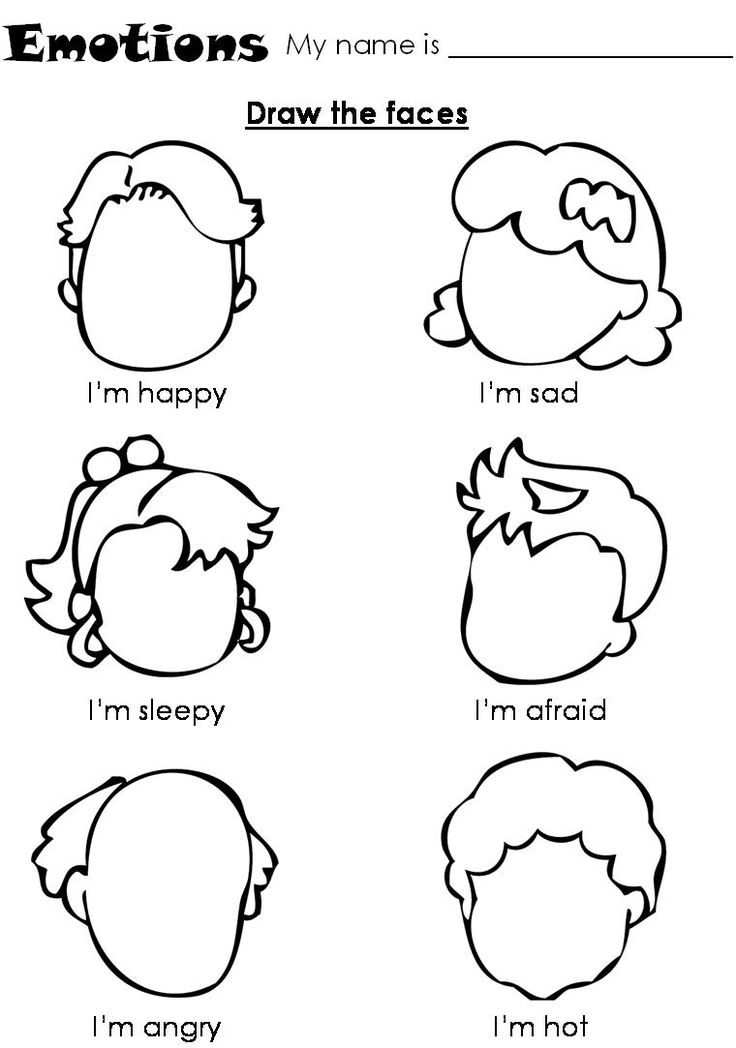
Make a challenge such as seeing if you can reach 20 yellow cars before you get to your destination.
12. Colour Plates
Using a white paper plate and some coloured pegs, draw or paint strokes of the colours around the edges of the plate. Get kids to place the pegs onto the corresponding sections of colour.
You could even make a pattern, such as blue-yellow-yellow-blue-yellow-yellow.
13. Picture Hunt
Do a picture hunt using a magazine or any children’s books. Challenge kids to find images in their books of various colours.
For example, point out all the green items you can in this Dr Seuss book, or cut out all the blue items from this magazine.
14. Tissue Paper Tearing
Tearing is an important fine motor activity.
Provide tissue paper in a few colours and get kids to tear it up and create a picture with the tearings and some glue.
15. Colour Mixing
For a colour mixing activity, provide the three primary colours – red, yellow and blue – and mix them together to see the following combinations:
- Red and yellow make orange.
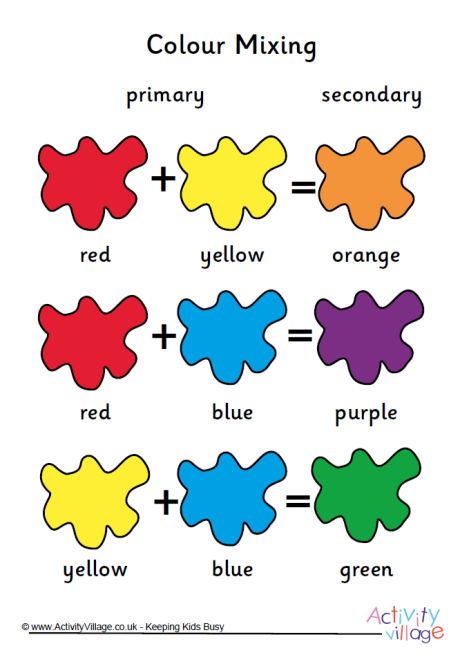
- Blue and yellow make green.
- Red and blue make purple.
Introduce kids to the concept of shades of colours by adding white or black to make them lighter or darker.
16. Matching Socks
Luckily for parents, all kinds of domestic chores provide great learning opportunities. Give your kids the pile of socks to match according to colours and patterns.
17. Sort the Laundry Basket
Don’t stop there. As you fold the laundry, ask your child to sort all the unfolded laundry into piles by colour.
18. Fruit and Veg Sort
Had a trip to the market? Get your kids to categorize the fruit and vegetables by colour.
While you are cooking, involve your kids with requests such as “please fetch me three orange carrots and that packet of green baby marrows.”
19. Songs about Colours
Sing songs about the colours. Here are lots of fun rainbow songs to teach your kids.
This post contains affiliate links for educational products that I personally recommend.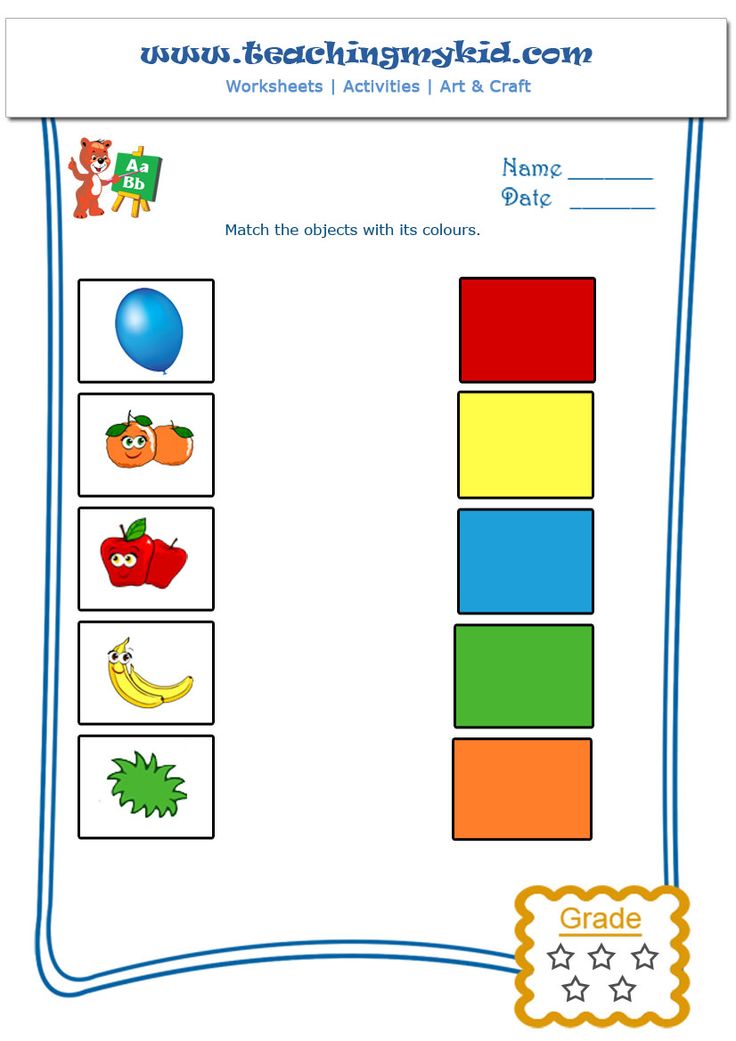 If you purchase through one of them, I earn a commission at no extra cost to you. Read the terms and conditions for more details.
If you purchase through one of them, I earn a commission at no extra cost to you. Read the terms and conditions for more details.
20. Books about Colours
Read your kids books about colours or simply read colourful books and discuss the colours of the characters or objects.
Books such as Brown Bear, Brown Bear, What Do You See and Dog’s Colorful Day are a hit with toddlers.
21. Colour Bracelet
Make a fun colour bracelet with cereal loops or macaroni dyed with food colouring. Make it all one colour or make a pattern with two or three colours.
22. Colour Patterns
Teach kids to follow patterns by drawing or building colour patterns with objects such as blocks, beads or counters.
For younger kids, use only two colours in a pattern and increase it for older kids.
23. Light Table
Place transparent coloured objects or materials such as plastic or cellophane onto a light table and let kids experiment with them and explore the properties of colour.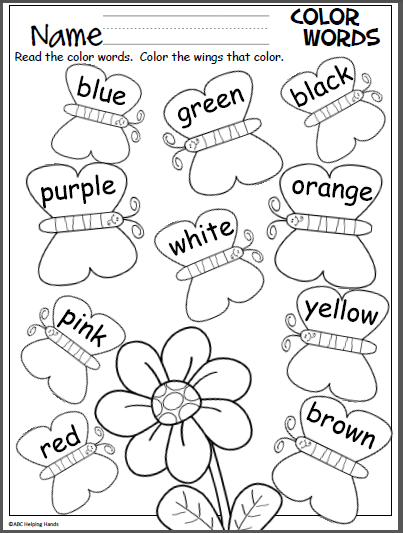
24. Sensory Stations
This can be a great way to incorporate colour into sensory play. Set up stations with coloured rice and coloured materials or use some of these sensory station ideas.
25. Bathtub Fun
Bring colour into bathtub fun by dropping in ice blocks (coloured with food colouring), watching coloured bath fizz balls disintegrate or letting kids draw with bath crayons (like these).
26. Coloured Playdough
Let kids play with playdough in various colours. They can also mix the playdough colours together or mix food colouring to make a new colour when making a batch of homemade playdough.
27. Finger Painting
Finger painting is a fun sensory activity for kids that teaches how colours mix together. While mixing the paints on the page, they naturally mix together, revealing new colours.
Be deliberate and only offer two colour paints so kids can see the colours mixing.
28. Pass the Parcel
Play a game of Pass the Parcel, wrapping each layer in a different colour of gift wrap or tissue paper.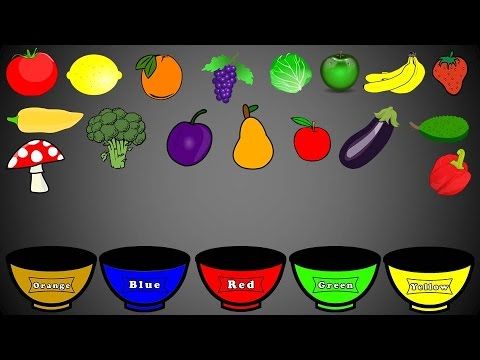 As each layer is removed, the child unwrapping it must name the colour.
As each layer is removed, the child unwrapping it must name the colour.
29. Categories Game
The categories game is a fun circle game and you can use it to teach any concept.
Pick a colour and go around the circle, naming things that are typically of that colour. Each child must add one item to the list, without repeating any.
Or, try another variation with older kids and do a round of naming colours. Kids will start with the easier colours and then need to remember less common colours such as peach, magenta, maroon, etc.
30. Broken Telephone
Play a round of the Telephone Game by using colours as the phrases to whisper. Use phrases such as light blue, violet and deep red to make it more challenging.
31. Make a Rainbow
How about a little science experiment? Teach children about light by making your own rainbow.
I hope you’ve enjoyed these experiences for exploring colours with toddlers and preschoolers!
Get FREE access to Printable Puzzles, Stories, Activity Packs and more!
Join Empowered Parents + and you’ll receive a downloadable set of printable puzzles, games and short stories, as well as the Learning Through Play Activity Pack which includes an entire year of activities for 3 to 6-year-olds.![]()
Access is free forever.
Signing up for a free Grow account is fast and easy and will allow you to bookmark articles to read later, on this website as well as many websites worldwide that use Grow.
- Share
Learning colors with a child 2-3 years old. Cards, tasks, poems.
In this section you will find guides and cards for learning colors with your baby from the age of two.
Color Poems with Pictures
Learning Colors Puzzle Cards
Print the puzzles, cut into 4 pieces. Invite your child to assemble puzzles to make a rectangle of the same color.
Illustrative cards "Learn to mix colors"
First acquaintance with color
First of all, the child must remember the primary colors: red, yellow, blue and green. It is necessary to teach the baby to distinguish colors consistently and gradually.
Red
Find red items
Look at the pictures with your child.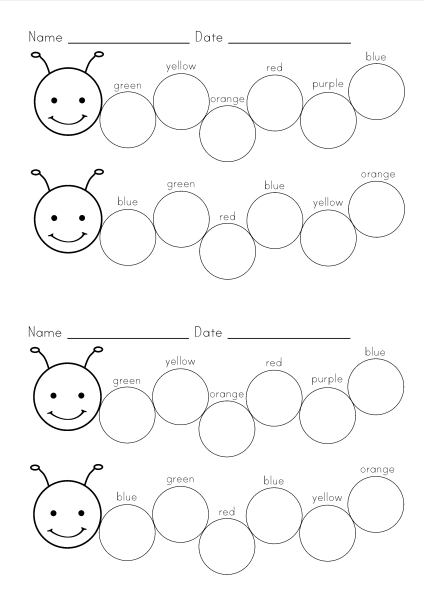 Name them. Slowly find red items in the pictures. Then, together with the child, look for red objects around: at home, on the street. And only when the baby will clearly find and name objects of red color, you can move on to yellow.
Name them. Slowly find red items in the pictures. Then, together with the child, look for red objects around: at home, on the street. And only when the baby will clearly find and name objects of red color, you can move on to yellow.
Yellow
Learning to distinguish between red and yellow
Ask the child to show an object of a certain color in the pictures, for example: - Show a red pencil. Now show the yellow pencil, etc. Explain to the baby why the chicken is drawn only in yellow.
Green color
Find what's green. Choose what's yellow." Offer your child a more difficult version of the game. Pointing to the picture, ask: “What tomato? What is a pear? ”, Encouraging the child to pronounce the names of flowers.
Blue
Learning to distinguish between green and blue
Find everything green.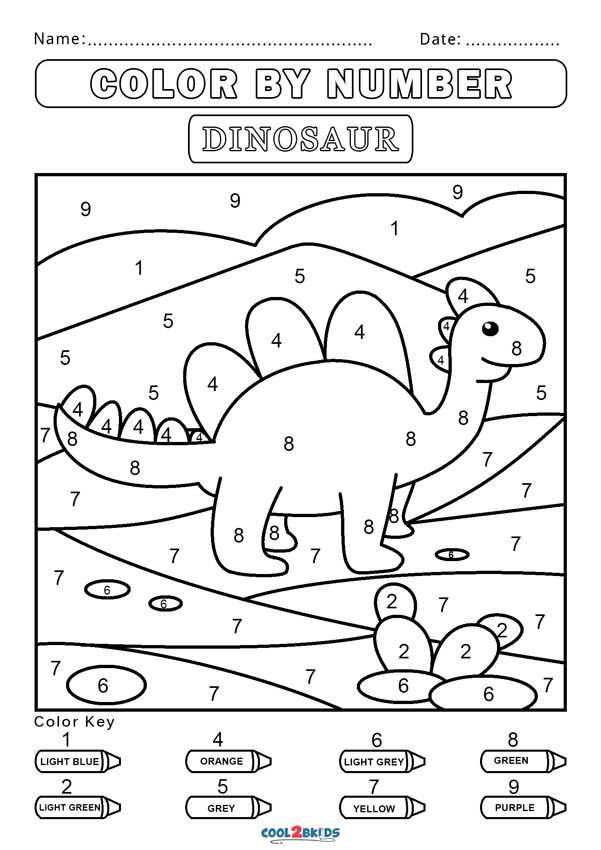
Learning to distinguish red, yellow, green and blue colors
Ask the child: “Show me and name what is red. What is blue? What's green? What is yellow? Tell me what color the cube is. What color is the scoop?
Arrange in boxes
Look at the pictures with your baby. Ask to find red, green, blue and yellow boxes. Draw the child's attention to the objects in the frame. They need to be put away. Ask the kid: “Where do you think we will put the bow?” If the child shows correctly (red bow in a red box), take a pencil and connect the bow and box together with a line. If the task causes difficulty, show the baby a bow and ask: “Where is the same box?”
Match the dolls with clothes
Say to the child: “Let's help the dolls get dressed”. Draw the baby's attention to the doll with the red bow and ask: "What coat do you think this doll will wear?" Connect the doll and coat of the corresponding color with a pencil.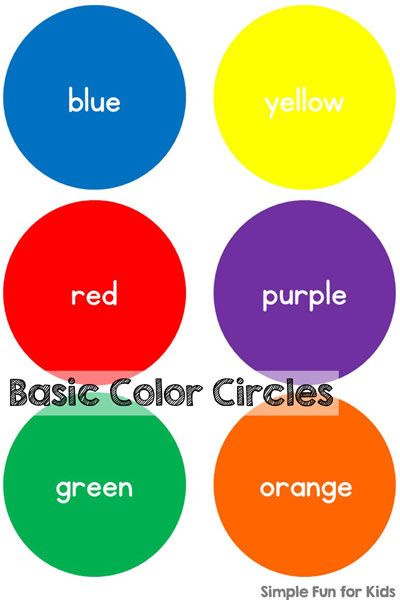 Thus, "put on" coats, boots and hats for all dolls.
Thus, "put on" coats, boots and hats for all dolls.
❤️ 36
🔥 11
😁 5
9000 1👎
🥱
Added to the playlist (favorites)
Fleased from the playlist (Favorite)
Limit
Assessment: COMPLETIES OF GROWINGS: 151
There is no assessment 9000,
Until making materials on the site better for the user!
Write the reason for the low rating.
Learn colors - Games for kids
on the App StoreDescription
"Learning colors is fun!" - continuation of a series of educational games. Fun and easy learning for your little one.
How will we learn colors? Let's go to visit the cheerful gnomes. Let's listen to a poem. Let's play with funny characters. Let's look for where the Rat's secret agent is hiding. Together with the gnomes, the child will assemble puzzles, water the flowers, grow oranges, feed the fish and much more.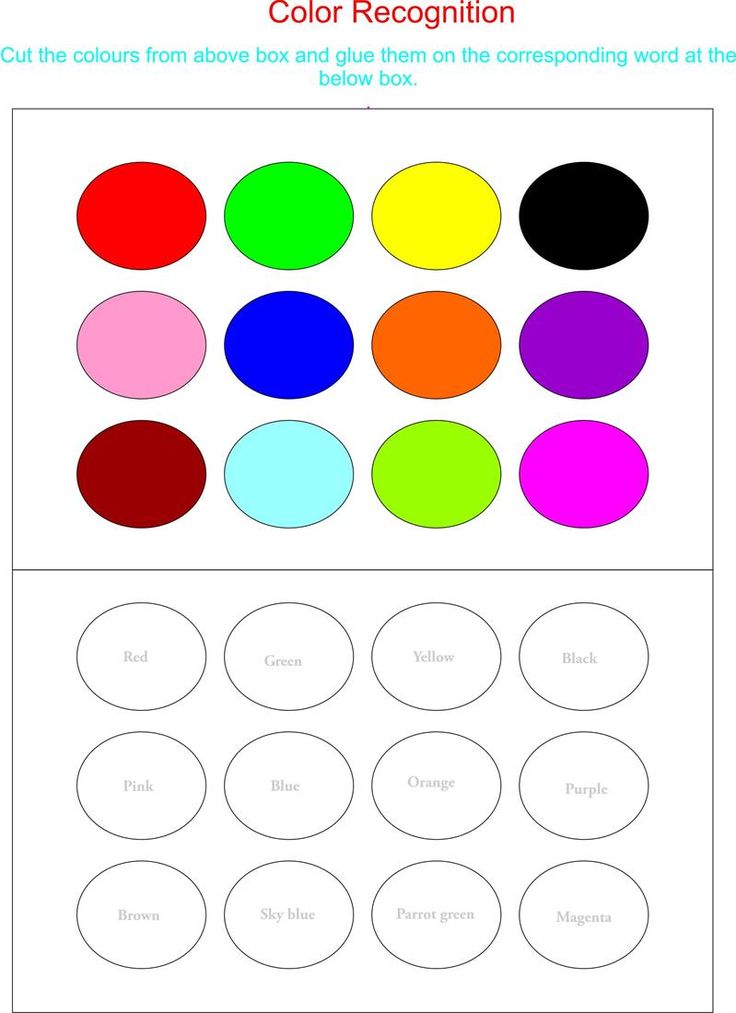 Then the kid is waiting for six games. The child will help the birds find their houses, learn to distinguish vegetables and fruits by colors. We'll pop balloons too! Toddlers love it. We will teach the kid to make colors. The child is waiting for magical coloring. Your preschooler will learn, for example, that purple is made by mixing red and blue. Together with your baby, we will find the given colors in the pictures. The game is voiced by a professional announcer and approved by children's teachers.
Then the kid is waiting for six games. The child will help the birds find their houses, learn to distinguish vegetables and fruits by colors. We'll pop balloons too! Toddlers love it. We will teach the kid to make colors. The child is waiting for magical coloring. Your preschooler will learn, for example, that purple is made by mixing red and blue. Together with your baby, we will find the given colors in the pictures. The game is voiced by a professional announcer and approved by children's teachers.
See also our other educational games for kids. We learn numbers, letters, shapes, colors, collect puzzles. Learning is fun and accessible. Kids are happy and parents are happy!
There are no third party ads in our apps. When developing games, we consult with teachers and children, taking into account all wishes.
Thank you for choosing our games!
Thank you for your kind feedback!
If you have any questions or wishes, write to us at support@catdonut.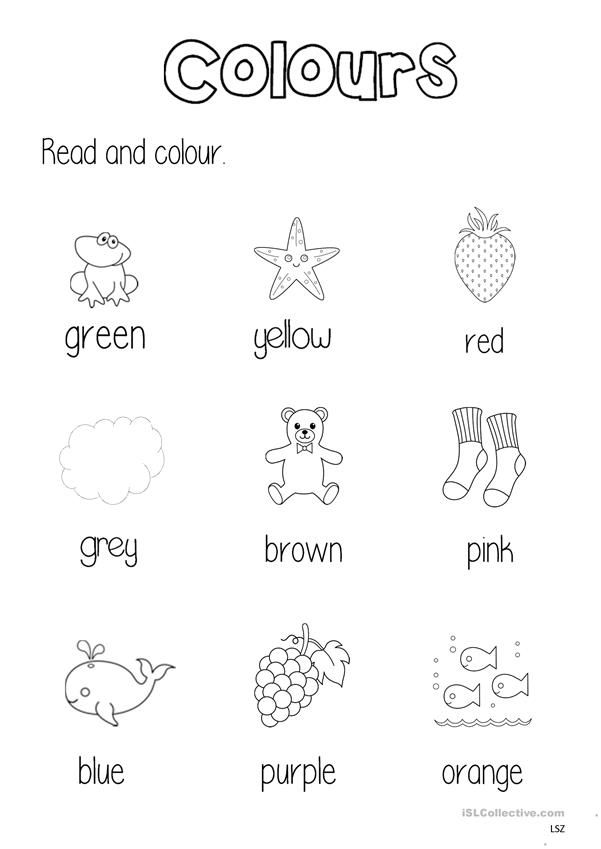 com, and we will definitely answer you!
com, and we will definitely answer you!
Game in Russian.
Version 2.2.1
Minor changes.
We wish you a pleasant game!
Ratings and reviews
Ratings: 5.6k
ABOUT
V XY
I recommend
Class!!!
For kids😊
Everything 👍!!!
Developer ARAMAIS AYRAPETYAN has indicated that, in accordance with the application's privacy policy, data may be processed as described below.